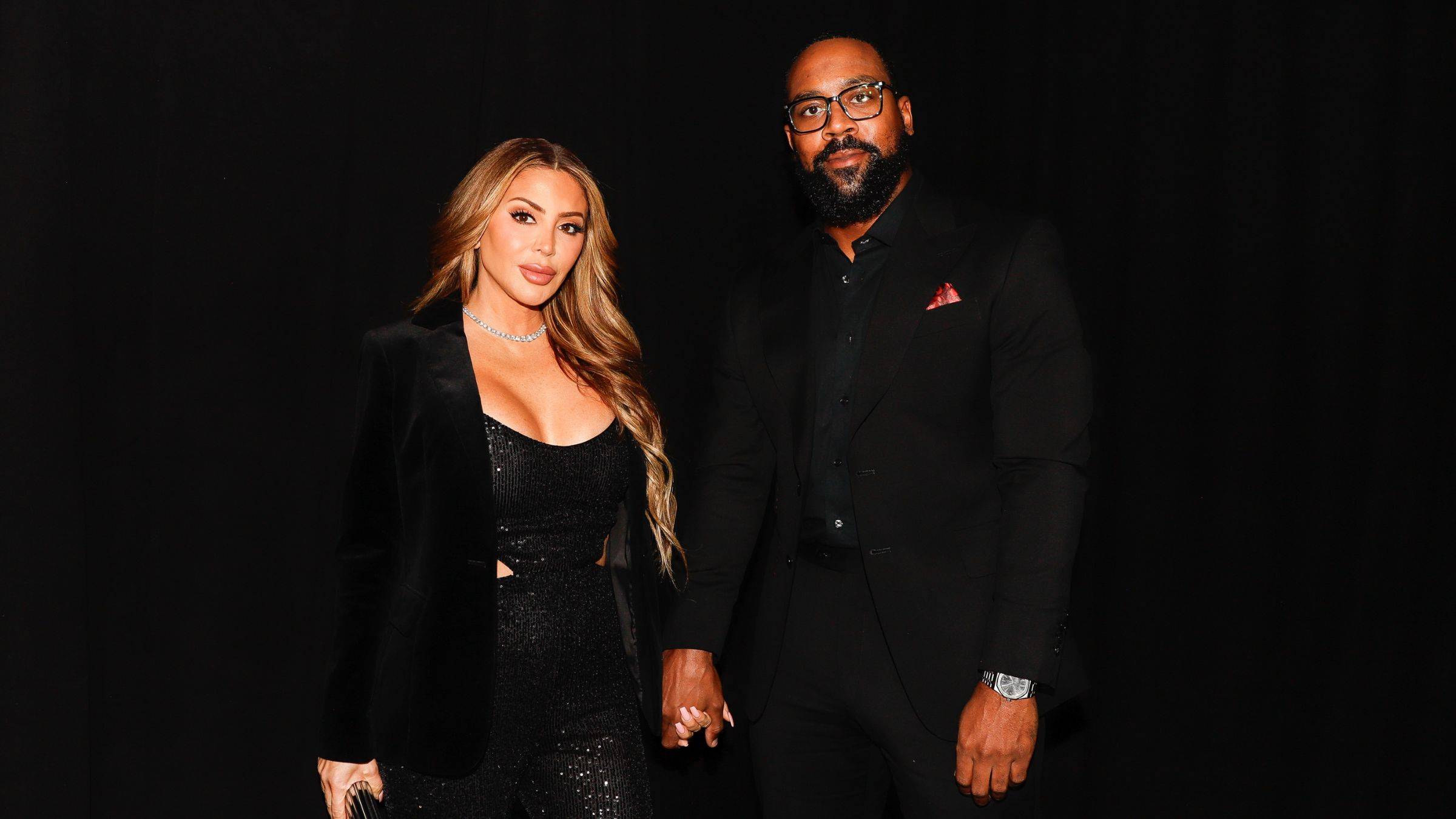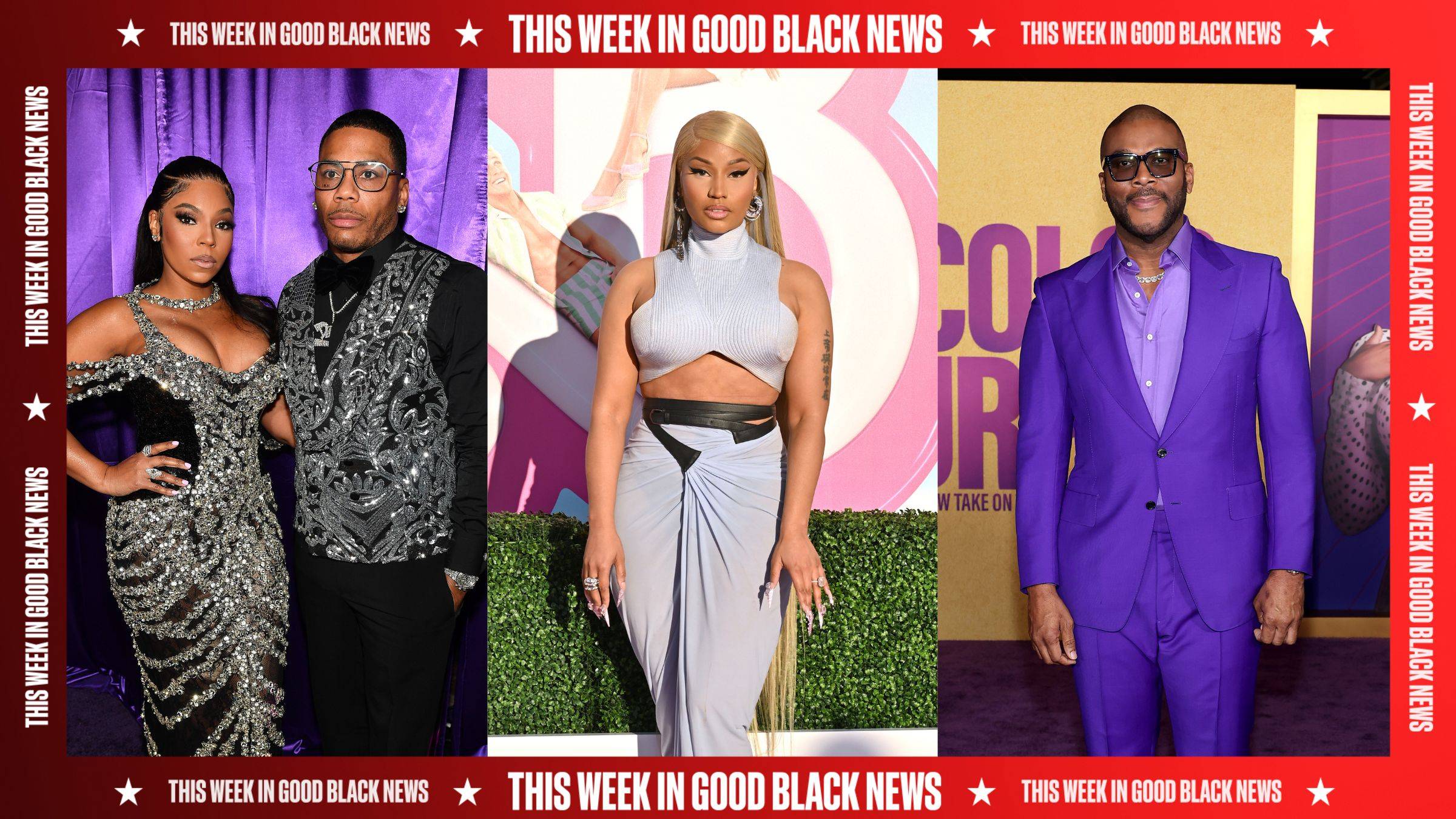Eating Healthy Really Can Add Up!

A few months ago, the United States nutritional guidelines were changed—goodbye food pyramid and hello My Plate. These new recommendations call for Americans to consume more foods that are high in potassium, dietary fiber, vitamin D and calcium.
Sounds great, but in this fragile economy and high unemployment rates in the African-American community, the real question is "How much is this gonna cost?"
Well, researchers from the University of Washington have the answer: Each year, you are going to come out $380 extra a month in order to obey Uncle Sam. According to MSNBC.com, they came with that amount, by following 1,000 adults in an affluent county in Washington State and found that in terms of potassium, the participants spent an extra $1.04 a day or $1,520 a year; in terms of fiber and vitamin D, they would have to spend an extra 35 cents a day; and most participants received their daily calcium intake, so they would not have to spend any extra money.
For the rich, this is chump change, but for rest of us, this is a lot of dough. Are we all screwed?
No, say the researchers. The key to saving money is in knowing which foods will give you the best bang for your buck and unfortunately so many of us just are not as food savvy as we need to be.
MSBC.com reported:
"Boosting potassium doesn't have to come with such a high price tag, though.
“If you were to guide people toward the most affordable sources of potassium, you could do it more cheaply,” [lead author Pablo Monsivais, an assistant professor of public health at the University of Washington] said. Potatoes and beans, for instance, are inexpensive sources of potassium and dietary fiber.
"For a mere 95 cents, you could buy five bananas at Trader Joe’s, and they’d provide 450 to 500 milligrams of potassium each.
"So why would the participants in Monsivais’ study have to spend so much? King County includes Seattle, one of the most affluent and highly educated cities in the country. When those folks consume potassium, Monsivais says, it tends to come in the form of more expensive fruits and vegetables such as nectarines and dark leafy greens.
"Sure, they could eat more economically, but they'd have to know how to do so, Monsivais said. The guidelines may be based on solid scientific evidence, he says, but they won’t do much good if Americans don’t know what foods provide the best nutritional bang for their buck.
"He criticized some of the marketing for a healthy diet — for example, the image of a plate of salmon, leafy greens and maybe some rice pilaf — and said a meal like that is not affordable for many Americans."
For entirely too long, we have gotten stuck in this belief that in order to eat healthy we have to shop at specialty stores or Whole Foods and spend our entire paycheck on exotic or organic foods. And that just isn't true. You can eat healthy and still have money left over.
Read about tips to eat healthy on the cheap here.
(Photo: Justin Sullivan/Getty Images)





